Meet the golf course manager: Damion Woods
Related Articles
Damion, at Tidworth Garrison Golf Club in Wiltshire, details how increased footfall due to the pandemic has changed his work.
Rated as one of the best golf courses in Wiltshire, Tidworth Garrison’s course, founded in 1908, is a gem. The club states on its website that the course’s ‘natural defences – the wind and the slope of the land – have not altered a scrap in a hundred years. This explains why there are so few fairway bunkers – the slope dictates much of the strategy and positional play.’
Here, the course manager, Damion Woods, details what it’s like maintaining this historic venue.
What is your path to greenkeeping and how long have you now been at Tidworth Garrison Golf Club?
A local course, Richings Park Golf and Country Club was looking for an apprentice back in 2000, I was successful in my application and very quickly realised that this would become my career. I enjoyed every moment learning under the guidance of Andy and Luke, and studied at Oaklands College. Some years later I relocated to Andover and joined Crown Golf at Sherfield Oaks as a deputy course manager – within Crown Golf I found opportunities to progress through the ranks gaining valuable skills in management and leadership before joining Tidworth in September 2016.
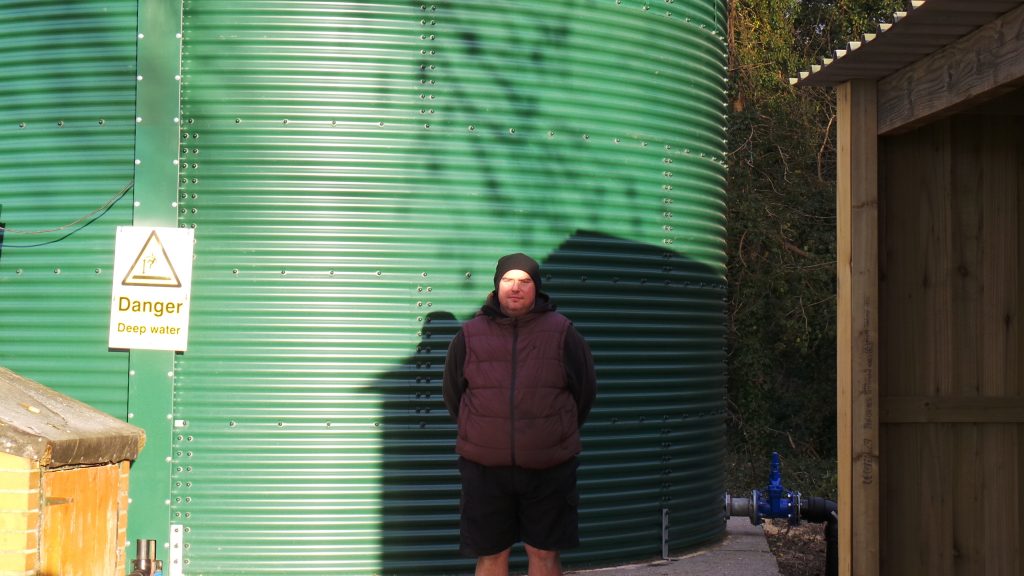
What is the size of your team and do you cross fertilise to meet the daily needs of the course?
We are a team of six consisting of me, the course manager, four qualified greenstaff, Dan, Martin, Matt and Dale, and our apprentice Max. All responsibilities are shared amongst the staff as I believe that a varied workload creates a better working environment and more job fulfilment.
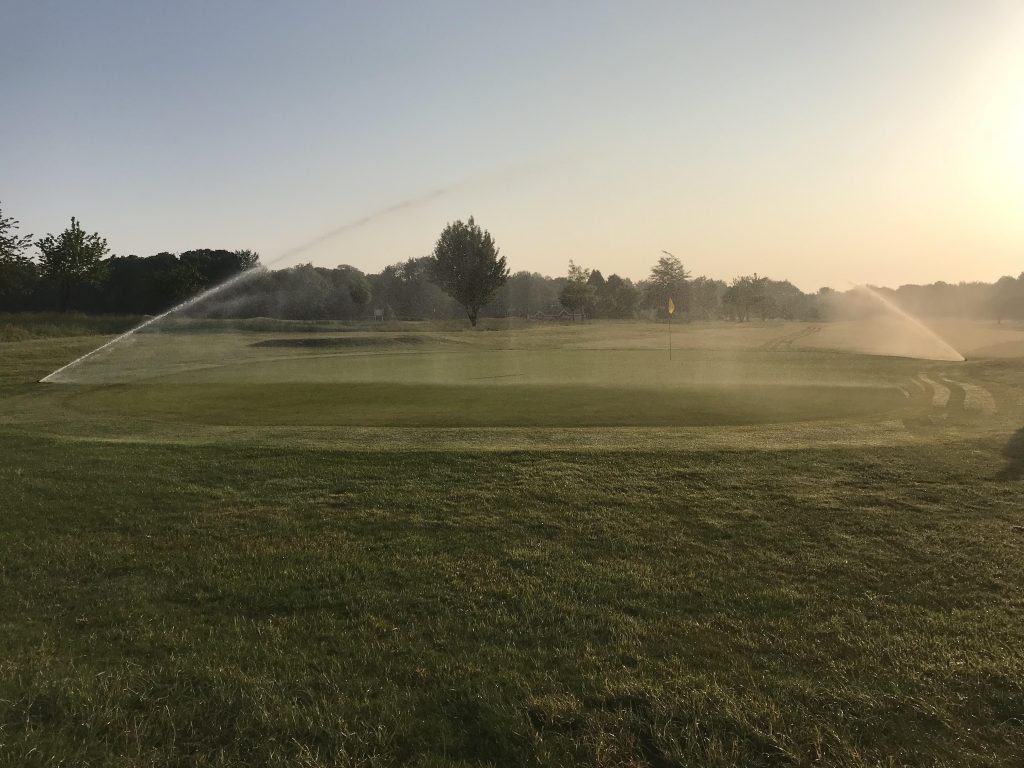
What are the biggest challenges you currently face at present and how are you dealing with these?
I see pest control as our toughest challenge today. Being a chalk downland course, worm casting in autumn / winter months only plays a part on a couple of isolated areas, so we can brush these clear regularly with our Sweep n Fill or fairway brush. Leather jackets and chafer grubs are of concern at times throughout the year; we keep on top of the basics such as nutrition and moisture management, use of chafer traps, acidifying surfaces, birds of prey and use of deterrents such as lasers, flying kites and glittering scare tape, which have all been used to prevent the crows and rooks from settling on an area of the course. The last year that I had to repair large areas of turf that had been ripped apart was 2017.
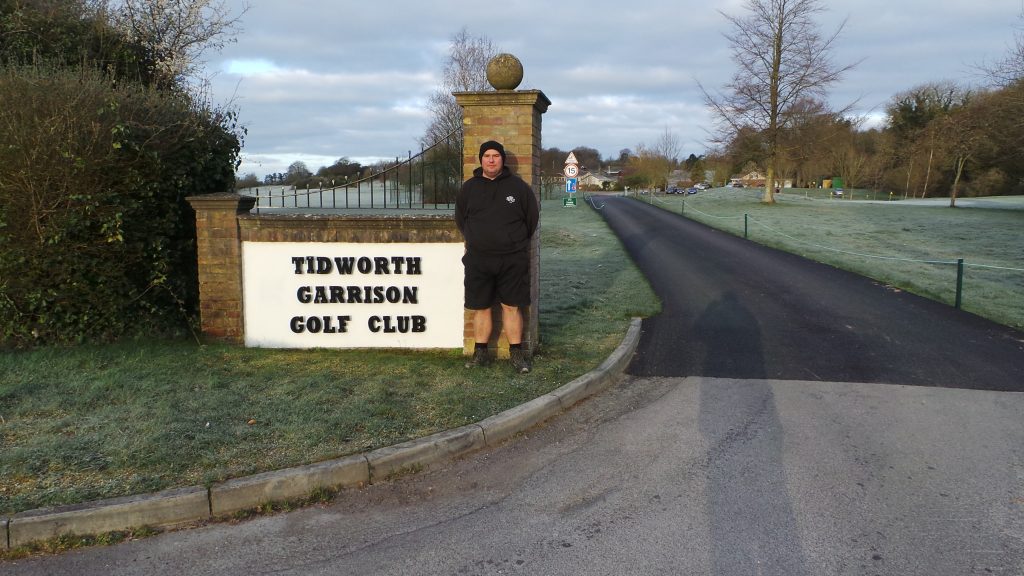
What growth in membership has the club seen throughout the pandemic and has this brought additional pressures to you and the team?
The club, like many I have spoken to, has seen an uptake in both subscriptions and a rise in the individual rounds being played. This has been great to see, and welcomed by all in golf.
The pandemic has had an impact on how we operate, start times have been earlier to enable us to get ahead, we’ve also had to operate split shifts for large periods of time, the overnight irrigation window has been reduced due to a busier tee sheet – tees have required more nutrition – and divoting with a wetting agent programme has been introduced for the first time on tees to enable quicker recovery. We chose to change our seed selection as our compact tees just wouldn’t have had the time to see fescue germinate so we moved over to Germinal A5, which has been fantastic for quick recovery but also maintaining a finer appearance. The club however didn’t enforce the use of the furlough system on me, as a club the decision was taken early on through the latest lockdown that we would continue with our plan of works and my staffing levels would be dictated by that. I am in awe of how some course departments got through these tough times with such limited staff levels.
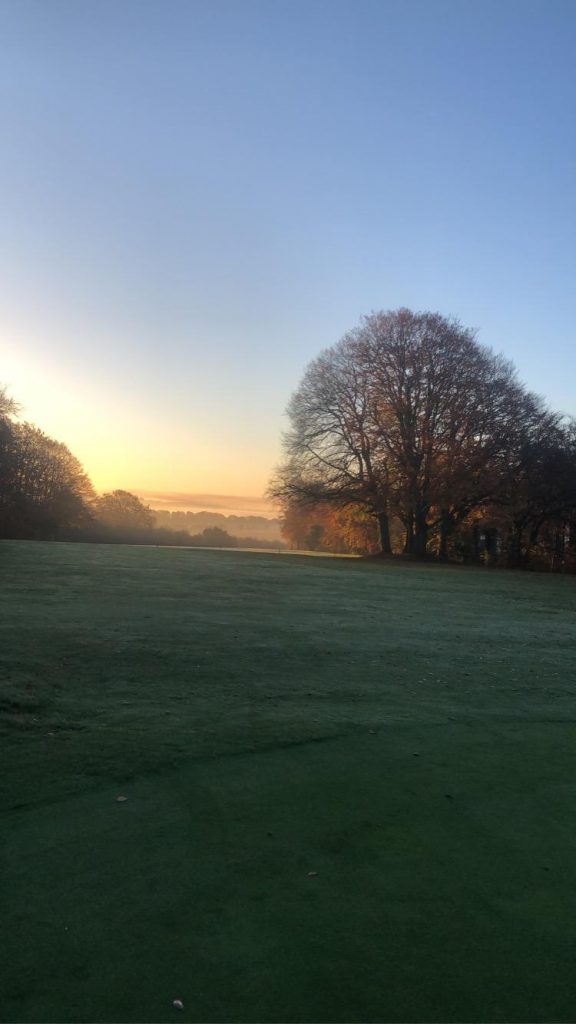
A bunker renovation programme is currently underway across the course. What are you doing?
We have undertaken EcoBunker upgrades to refurbish the bunkers. The club held various course forums and discussions to determine what our faults were and what our end goals should look like. After this consultation period the club decided that EcoBunkers would provide our best solution, so we used the practice green complex to do a trial run and gain feedback. The membership took to it so well that the first phase was paid for by donation contributions from them!
We now have 16 bunkers complete with another 31 to do, we have no timeframe for this work to be completed as the club realises that other factors will play a part in available funding to finish the upgrades. The completed bunkers look great, we had a few teething issues in the first stages with drying edges, but we have now installed a drip line system into the edges and with the aid of wetting agents we seem to have rectified this.
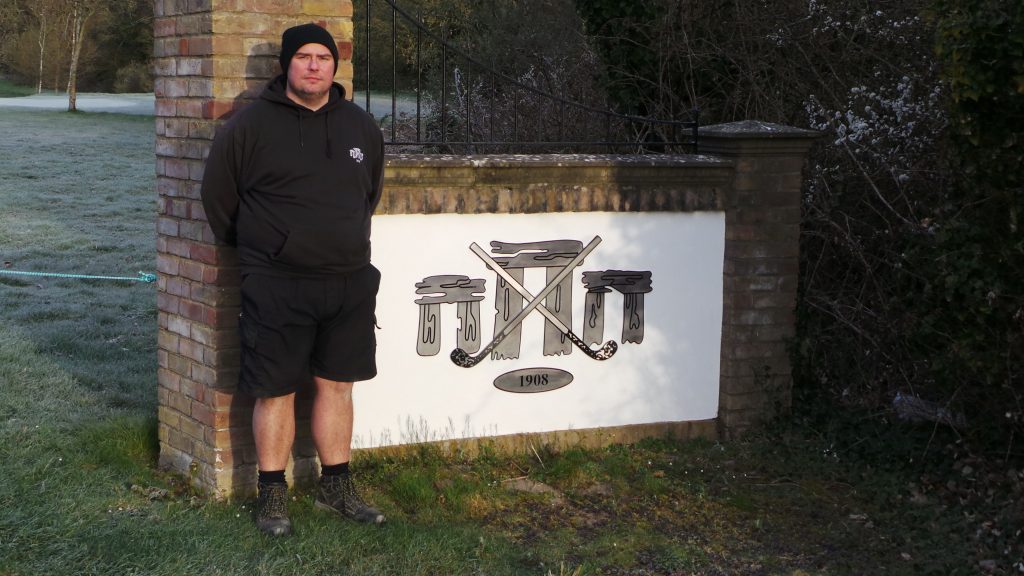
A new maintenance facility was built for the greenkeeping team. Can you explain the layout of the new facilities?
It’s safe to say that when I first joined the club the greenstaff facilities were below par, the club had already recognised this was an area that required rectifying and set about gaining the planning permission to build a new facility. The club leases the land from the Ministry of Defence so sign-off was required from them before applying to the council, so the process at times seemed slow, but we now have a facility that delivers machinery storage, a workshop area, drying rooms, locker rooms, a kitchen and mess room, a machinery wash down area (which was already installed) and the yard is now hard cored instead of a chalk / soil base. Before the upgrades we had machinery scattered across the site in different maintenance buildings, it’s enabled us to be more efficient with machinery maintenance and our ability to get out onto the course in the morning. The team’s morale has been boosted as they now have a clean dry environment to break and dry their clothes off before returning to the course.
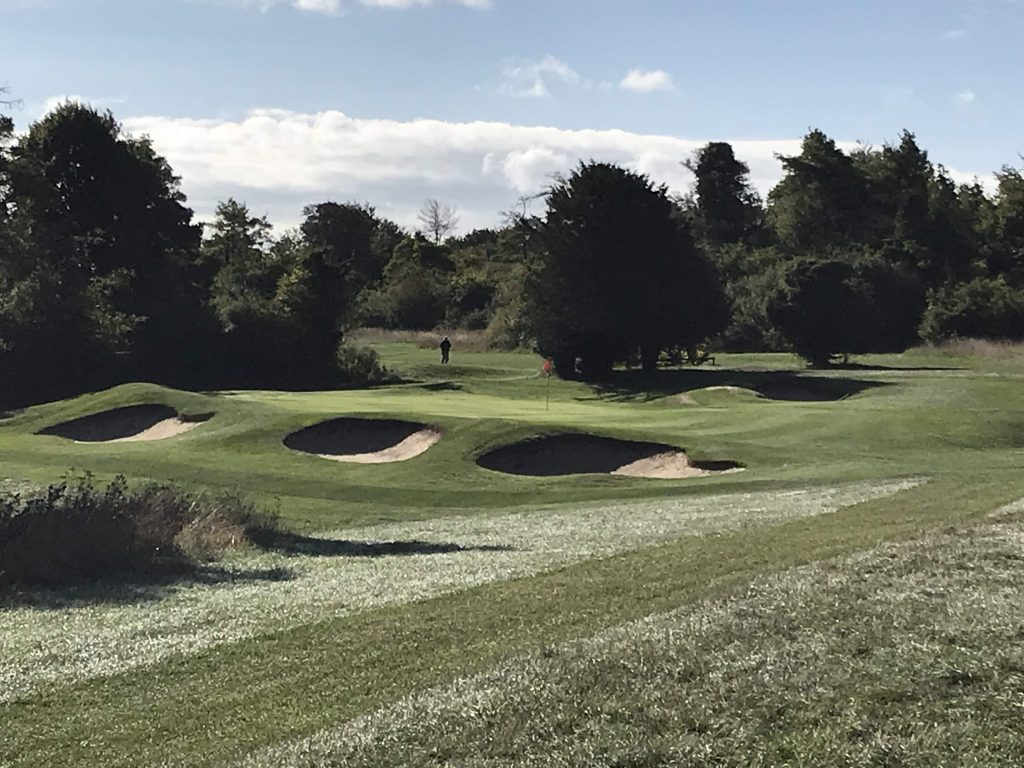
The irrigation system was upgraded in 2016, with a further addition in the winter of 2020. What did the club invest in?
When I joined the club in 2016 they had earmarked considerable investment for the ring mains upgrade as we are on PVC from the early 90s. After delving through previous years’ invoicing and maintenance plans I decided that the better investment was spent on upgrading the greens to valve in head and a new pump set. The decision was based on the club only having two mainline repairs in the previous five years, so the system was pretty sound and most of the greens were trying to operate a valve in box set up with one two-inch valve operating up to five heads at a time! So it was my belief that the membership would benefit more from seeing a dramatic improvement on greens than peace of mind knowing the ring mains had been upgraded. The uniformed coverage now enables efficient watering and consistent playing surfaces. With regular data collecting we are producing more conducive conditions to aid the finer grasses.
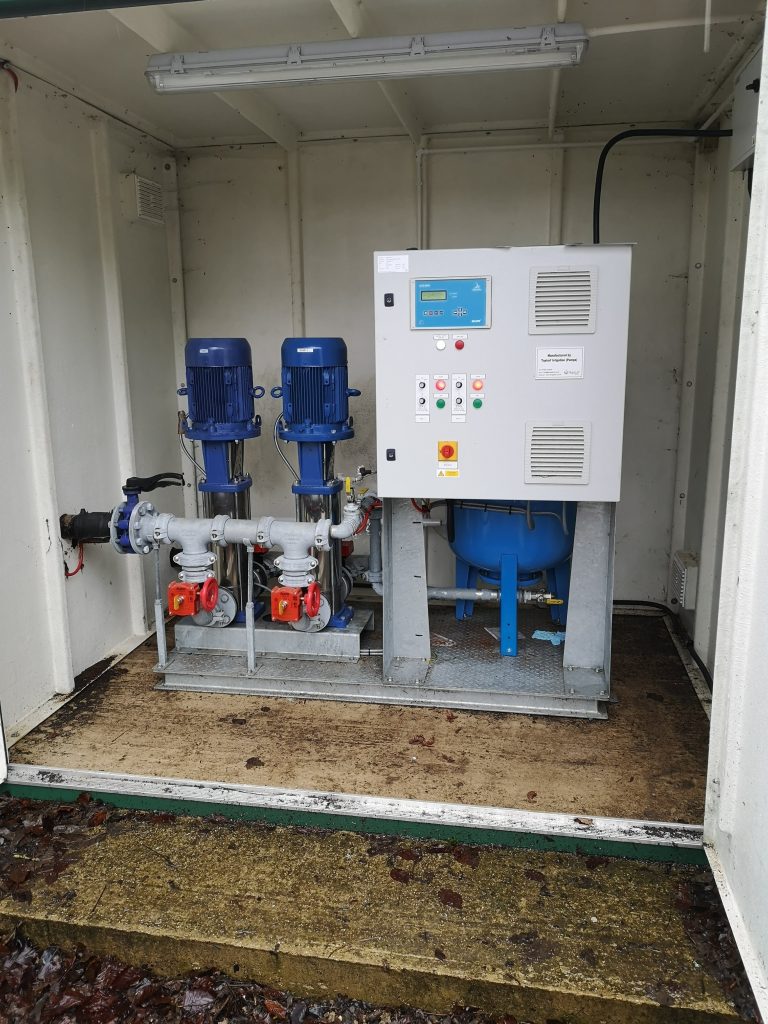
You’ve been working closely with Topturf Irrigation for quite some time. What level of support do they deliver and how does this help you and the team?
Rob and Colin at Topturf have been brilliant to me ever since I first contacted them eight years ago, nothing is too much for them and they are always there to help regardless of time of day! Whether that be advice on the phone, getting an engineer in to us or sending parts, for me knowing that I have all these areas covered is invaluable.

What have you found to be the real benefits of working with Colin and Topturf Irrigation?
Honest advice and great service. They completely understand my limitations when it comes to my budget and the shortcomings of our system. They will endeavour to get us back up and running over the phone if possible or have an engineer out as soon as possible.
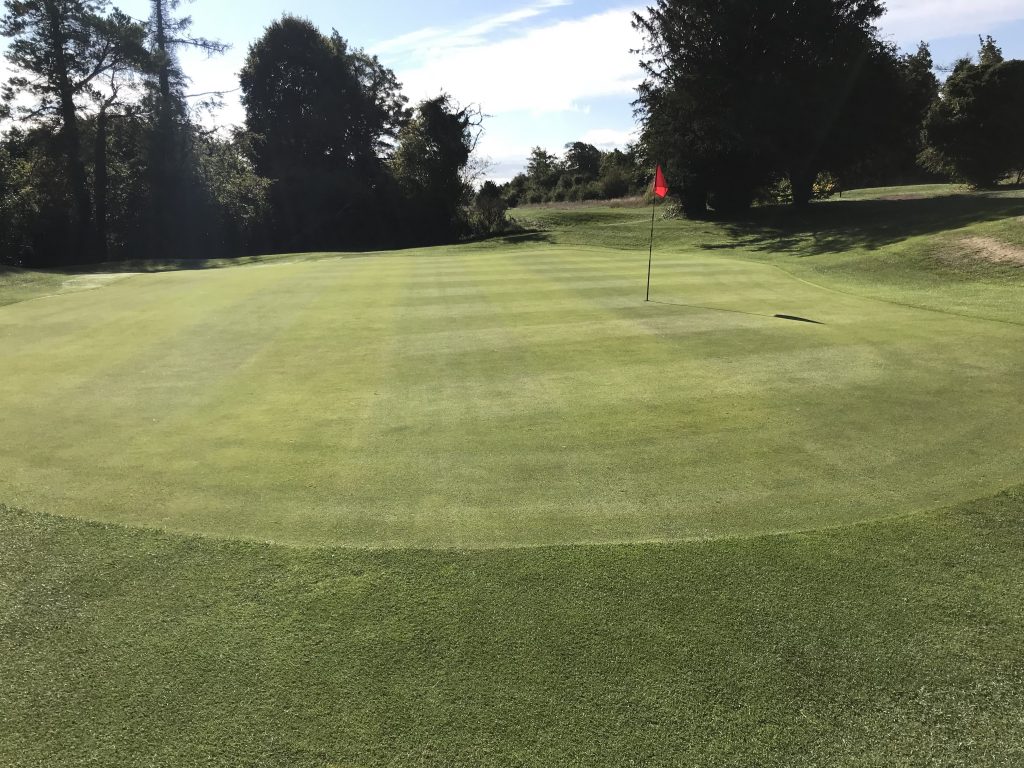
The course has a heavy population of trees. What species are predominant and what current management programme and work are you undertaking at present?
The course has a great layout that benefits from some wonderful tree lines, within these are pines, firs, beech, ash and maples. These tree lines have unfortunately seen the majority of ash succumb to Chalara dieback, and hawthorn, blackthorn, ivy and bramble start to encroach to their detriment, so the club are now embarking on a programme of works that will see us clear the undergrowth and manage the area thereafter in a bid to aid in wildflower habitats. Since 2017 we have stopped herbicide work on tree line verges and roughs completely with the main play areas now only being given spot treatments. A couple of wildflowers not seen for a while and only known to our longer serving members have since been spotted: pyramid orchids and white helleborine.
What machinery fleet do you currently have and are there any particular pieces of kit that impress you?
The club doesn’t have any one supplier of machinery, we have a mixed fleet consisting of John Deere, Baroness, Toro and Kawasaki machinery on varying leases / purchase agreements. When looking for an item of machinery we list what our requirements are then start the process of identifying machinery that compliments the requirements. The Baroness LM2700 for me performs so well out on the course, it is maintenance friendly and not complicated to repair faults. The club purchased the LM2700 in early 2017 and we’re still on the same bedknives, which I find amazing! 2021 saw us purchase a 315 greens triple with rotating front brushes, this facility has enabled us to keep the height of cut up a little but not lose out on quality of roll and again early indications are that the machine is maintenance friendly with outstanding cutting unit performance.
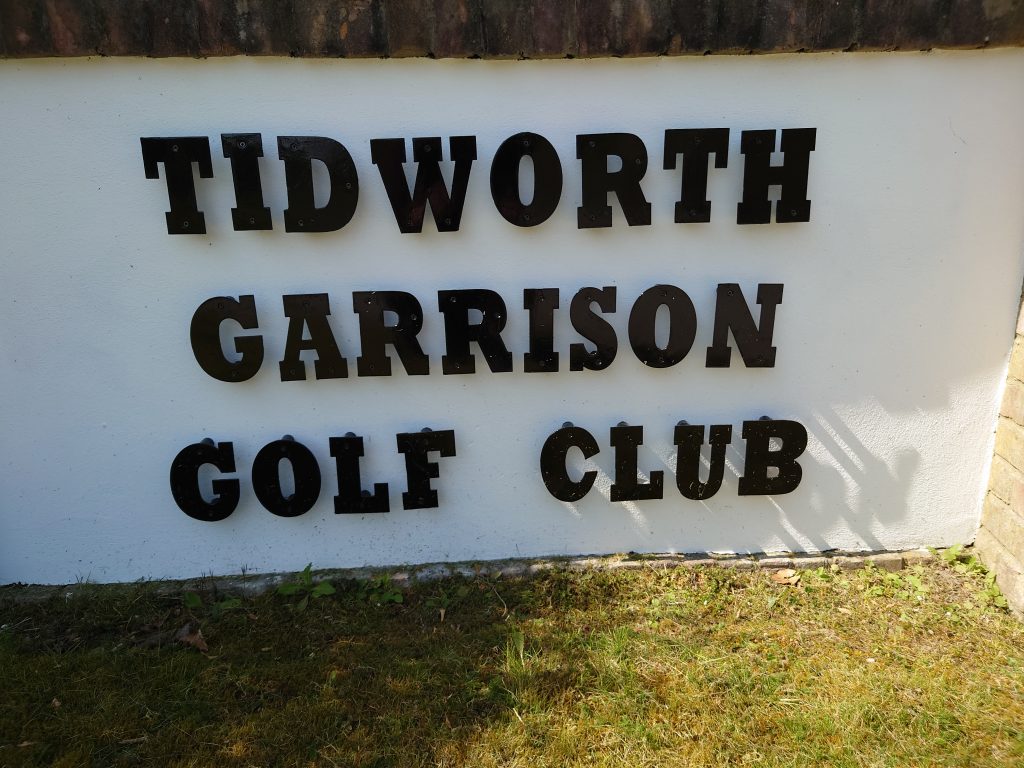
The course is made of 70 to 80 percent poa and you are introducing more fescues and bents. What cultivars and brands have you opted to work with?
The greens are indeed poa dominated. As a club we wanted to start the process of encouraging the finer grasses with the immediate aim of increasing our brown top bent coverage. First stage was to start creating an environment conducive to finer grasses so N levels were reduced slowly, we lowered irrigation inputs and started acidifying pH levels. We’ve seen an increase in brown top population and are now moving into an overseed programme this summer, working closely with Germinal we’re going to be using the forefront greens blend 60 percent brown top and 40 percent creeping bent, 007 was chosen for its shoot density, disease resistance and ability to withstand climate changes.
What do you think are the strengths that have carried you through your career and current position at Tidworth Garrison?
I believe a couple of strengths I possess is knowing my own weaknesses, this in my opinion is key to developing yourself and your department. Other strengths are adaptability and being proactive. The club has always had an ethos of playing the game firm and fast, to achieve this we are continually assessing the scrub interference, grass species, length of course both total yardage and fairways’ carry distances and rough height of cut; these areas all play a part in our course development plans that we review year on year and amend as necessary.
What height of cut do you use across the course and how many man hours does the cutting take?
Summer periods are greens 3.5mm taking up 28 man hours per week (inclusive of ironing), tees are 8mm with 16 hours, fairways 13mm and up to 24 hours, approaches 8mm with 12 hours and rough 50mm, 20 hours.
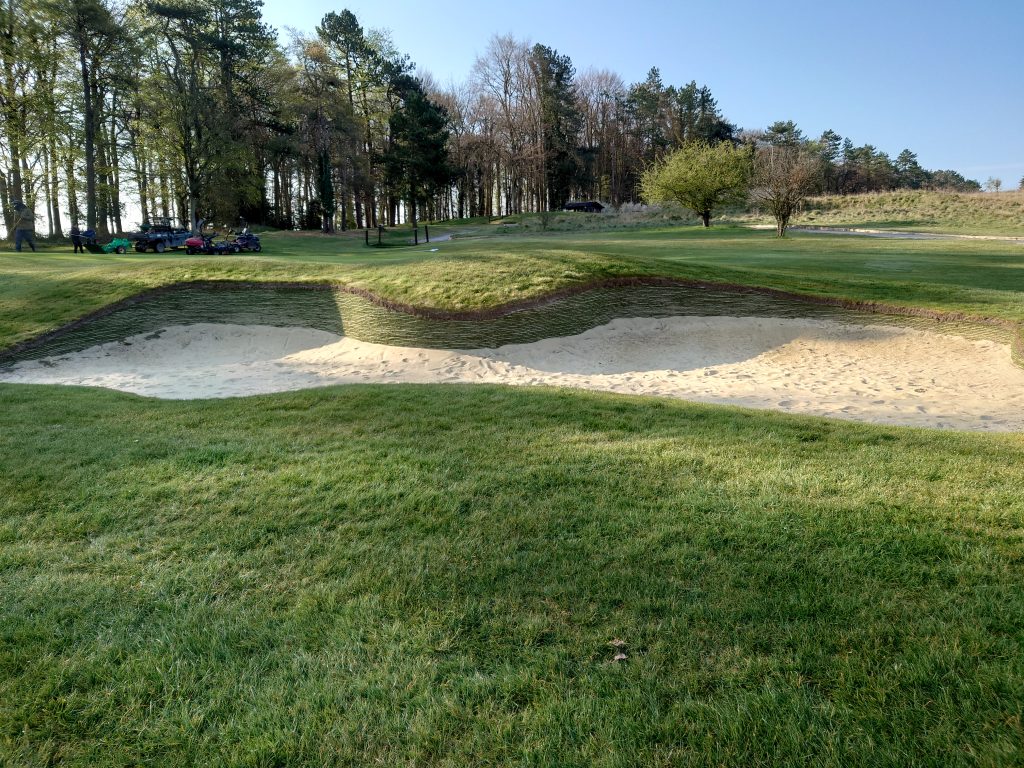
What do you do to ensure you are investing in raising the standard of practice and performance of your team members?
Internally we have standard operating procedure documents for all tasks and through appraisals and discussions we tailor the individuals’ training manual to aid in their development. When there is a requirement for further education or NPTC training courses the club are great at supporting their employees through these and allowing them the time and support to complete their training.
What aeration programmes do you run across the course and which months do you run renovation?
My aeration plans are based on the results of OM testing each year. The greens typically will receive regular needle tines through the main playing season with a thatch reducing hollow core or scarify in late July, early August, followed by an overseed. The autumn / winter months will see us vertidrain more regularly at varying depths to 250mm and a range of diameters 12mm to 19mm, most aeration practices are followed up by a dressing.
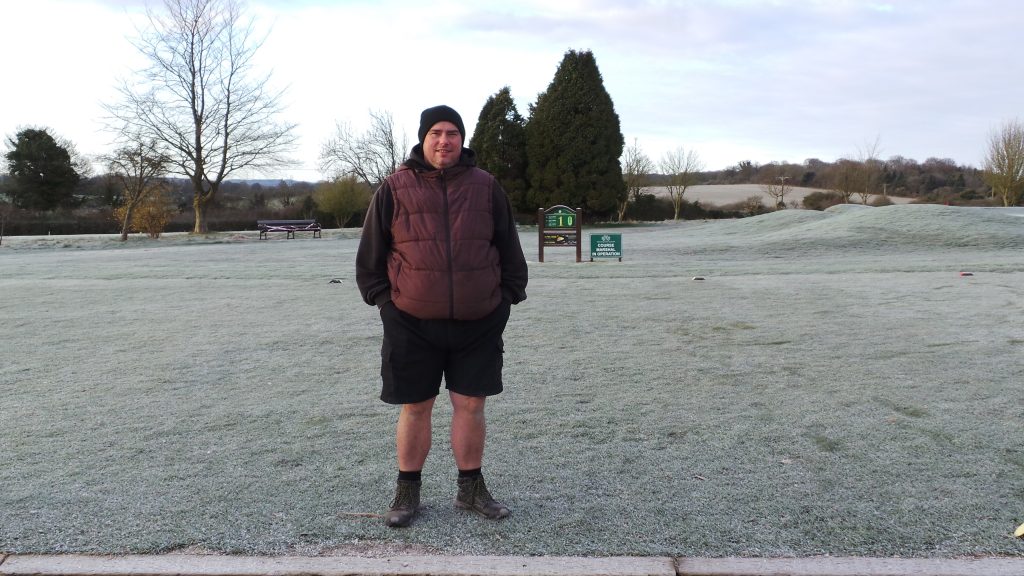
What do you think are the qualities now needed to meet the requirements and demands of golfers by someone in your position and how does this help contribute to the business of golf?
Communication for me is the standout quality that today’s course manager must possess; communicating to members through emails, newsletters, forums and through conversation on the course enables them to make informed decisions on matters. Adaptability and resilience are key qualities moving forward as you won’t always have things go your way and with some factors of turf management beyond the level of control that we turf professionals would like in regards to disease management, pest control and more recently the pandemic, that being able to accept conditions for what they are and knowing that you’re doing the absolute best with what you’ve got will allow you to progress with confidence.
What currently gives you the greatest satisfaction from your job, how do you feel daily when you are moving around the course looking at what you and the team have achieved, who has helped you and what is your philosophy to helping others in their career and what do you feel are your biggest achievements to date?
Like so many others in our industry I am hard on myself for picking holes in my own course on a daily basis! But when I discuss with members the work that has been achieved, how we are progressing and to hear of the enjoyment that our work has given them, there’s a genuine sense of fulfilment.
My time within Crown Golf was full of great memories and my training within the organisation is today still the biggest factor in me becoming the manager I am, it taught me many things but that of being a team player brings more satisfaction than any individual recognition could, stands out for me. By always being encouraged to share information, knowledge, best working practice, it enabled every individual and course to become better. As an industry I think that collaboration is one area that has gone from strength to strength amongst us, no site is perfect, and we all have our own agendas to deal with but to know you can call on your fellow professionals and share thoughts / ideas is something that we should all be proud of.
There have been a couple of achievements that come to mind, at my current club Tidworth, it is seeing the improvements and consistency come together over time and knowing we have strong strategies in place to keep progressing. The club are rightly proud of becoming the best members’ club in Wiltshire through the ‘Top 100’ system.
I personally thoroughly enjoy seeing people improving and progressing through our profession. My assistants becoming deputies and my deputies have progressed on to now manage their own sites and the fact that I may have played a small part in that is very rewarding.
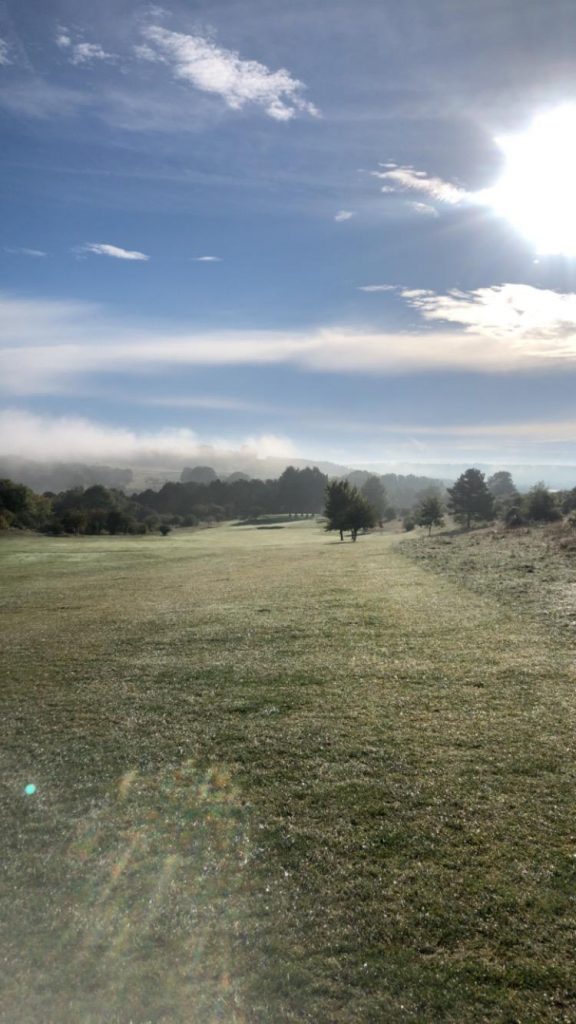
With your many years’ experience what advice would you give to youngsters starting out and wanting to pursue a career in the profession?
Don’t be afraid to ask questions or make mistakes, Get engaged with everything you can from the start, absorb all the wonderful experiences that are out there with volunteering, course walks, seminars and education. Opportunity is everywhere within the industry now and only you can hold yourself back.
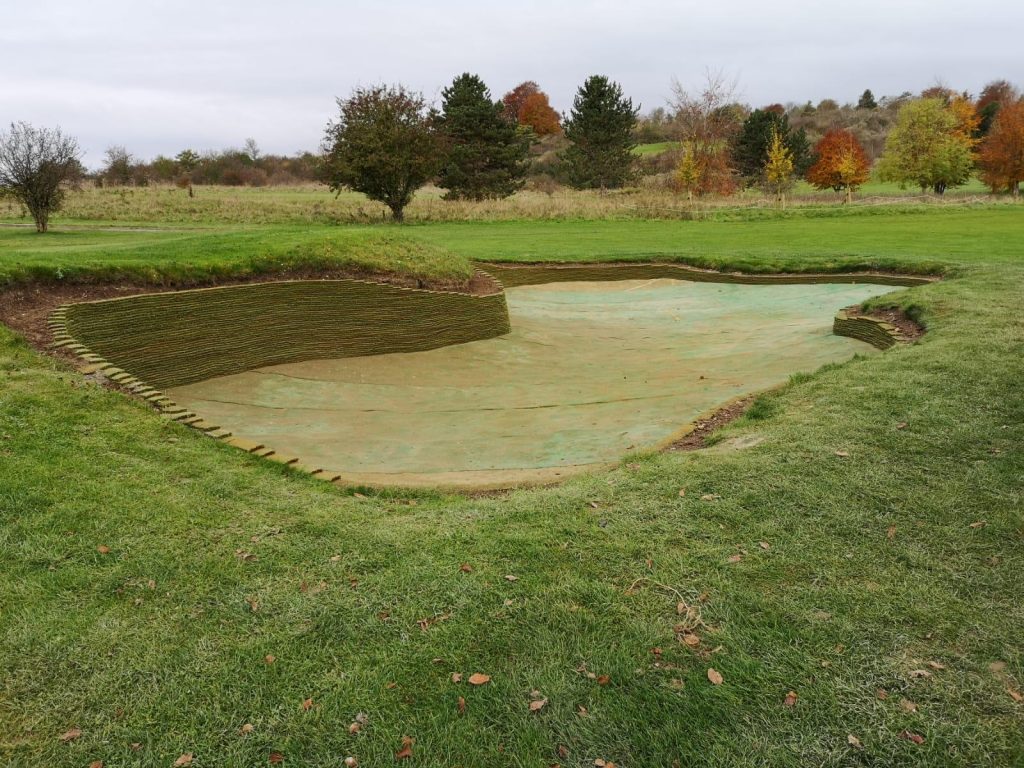
What changes do you think need to be made to benefit the industry sector and profession of the greenkeeper?
Tough question, I think as an industry we’re doing so much right at this moment with BTME and Continue to Learn, CPD, the Future Turf Managers initiative and collaboration amongst ourselves to name a few, but I do believe we can all play a part in improving the negative impact of social media. It’s such a great tool when used correctly but all too often recently I’ve seen and read things that are just unnecessary and our great profession doesn’t deserve that negativity surrounding it.

























